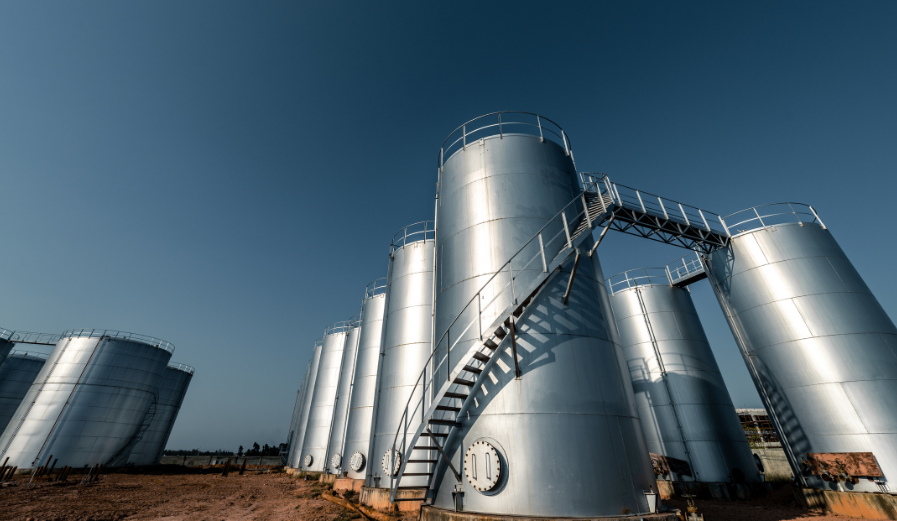



Fuel oil is used in many industries like shipping, power generation, and manufacturing. Storing it safely is very important to avoid accidents, and environmental damage, and ensure it works properly. In 2025, it’s even more important to follow the best practices for storing fuel oil safely. This blog will explain easy steps you can take to store fuel oil safely and efficiently.
Fuel oil comes in different types, like bunker oil used by ships and heating oil for buildings. While these fuels are important, storing them the wrong way can lead to big problems, such as leaks, contamination, or even fires. Safe storage of fuel oil keeps everything running smoothly and helps meet the rules set by safety and environmental agencies.
When setting up a fuel oil storage system, you need to think about a few things to keep everything safe:
The storage tank should be in a safe spot, away from areas with many people or sensitive areas like water sources. It should also be easy to get to for delivery trucks and emergency services.
The tank should be made of strong materials like steel or fibreglass that don’t rust easily. You also need to pick the right size for your needs so the tank doesn’t overflow.